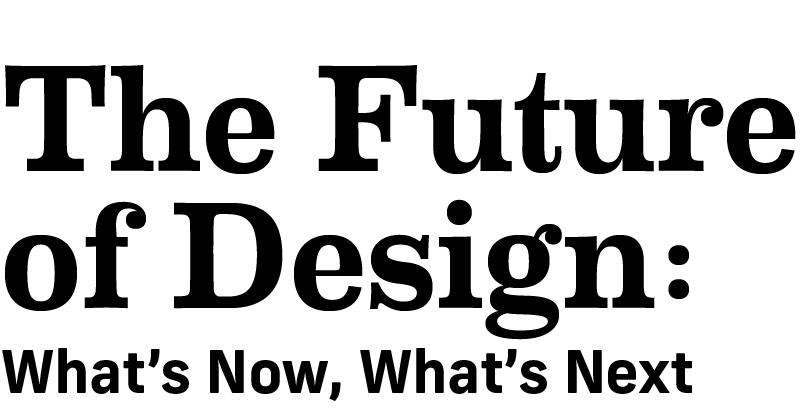Keynote speakers at the 2016 Environments for Aging Expo & Conference (April 9-12, Austin, Texas) will bring their diverse experiences to the stage to tackle two very different but important topics: empathy in designing for residents’ visual needs and brand positioning for today’s reluctant senior living prospects.
In this Q&A, Environments for Aging speaks with architect Chris Downey, founder of Architecture for the Blind, who kicks off the conference on Sunday, April 10. His opening keynote will address empathy in design, research, and design examples to consider for today's senior living communities.
Environments for Aging: How did your experience losing your sight make you a more empathetic architect?
Chris Downey: It really brought home the reality that our abilities aren’t forever. At a conference about accessible technology, someone was saying there are two kinds of people in the world: those with disabilities and those who haven’t found theirs yet. In a humorous way, it really pointed out the fragility of life. We all go through a normal course of a living experience that we’re young, we grow older, we age. Along the way, we might have temporary disabilities, new permanent disabilities, or we might have been born with a disability. But the notion that I’m fully healthy and able today and I’m going to stay this way for the rest of my life is a complete fallacy. Through my firm, I consult on projects that are targeted specifically to the blind and visually impaired and, within that, age-related visual impairment.
What are some of the issues that should be addressed in senior living communities to make them visually accessible?
It’s hard to have fun, be at ease, and enjoy a place if you’re struggling to understand it. We need to think about incorporating visual contrast—whether it’s size or color—for key elements so you can more easily see the door or flooring, or controlling glare coming in through a window. Research has shown that you can take someone with good vision and in the wrong environmental conditions—whether it’s a lack of contrast, glare, or insufficient lighting—their visual ability is legally blind. It’s something we don’t really think about.
Do you think there’s enough research on this subject?
Not enough. A lot of it is in the scientific realm, with researchers doing it, not designers. I’ve tried to take that research and apply it to architecture, but I think doing post-occupancy evaluation surveys helps to zero in on what’s working in these environments for seniors experiencing age-related visual impairment. We need to dial into what’s successful and what’s not.
What’s one takeaway you want the audience to go home with from your presentation at the EFA Expo?
When we think about empathy, we think about walking in a client’s shoes. In this case, just walking in a client’s shoes isn’t necessarily getting to the point of things, so I’d like people to think about walking behind their client’s eye and trying to see, understand, and appreciate how people see with visual impairment. It’s a hard thing to do, but that’s where the value of research comes through to help us to be aware, to anticipate those situations as we’re designing.
For more information on the opening keynote speaker, read "From Denial To Desire: Branding To Attract Today’s Reluctant Senior Living Prospects."









